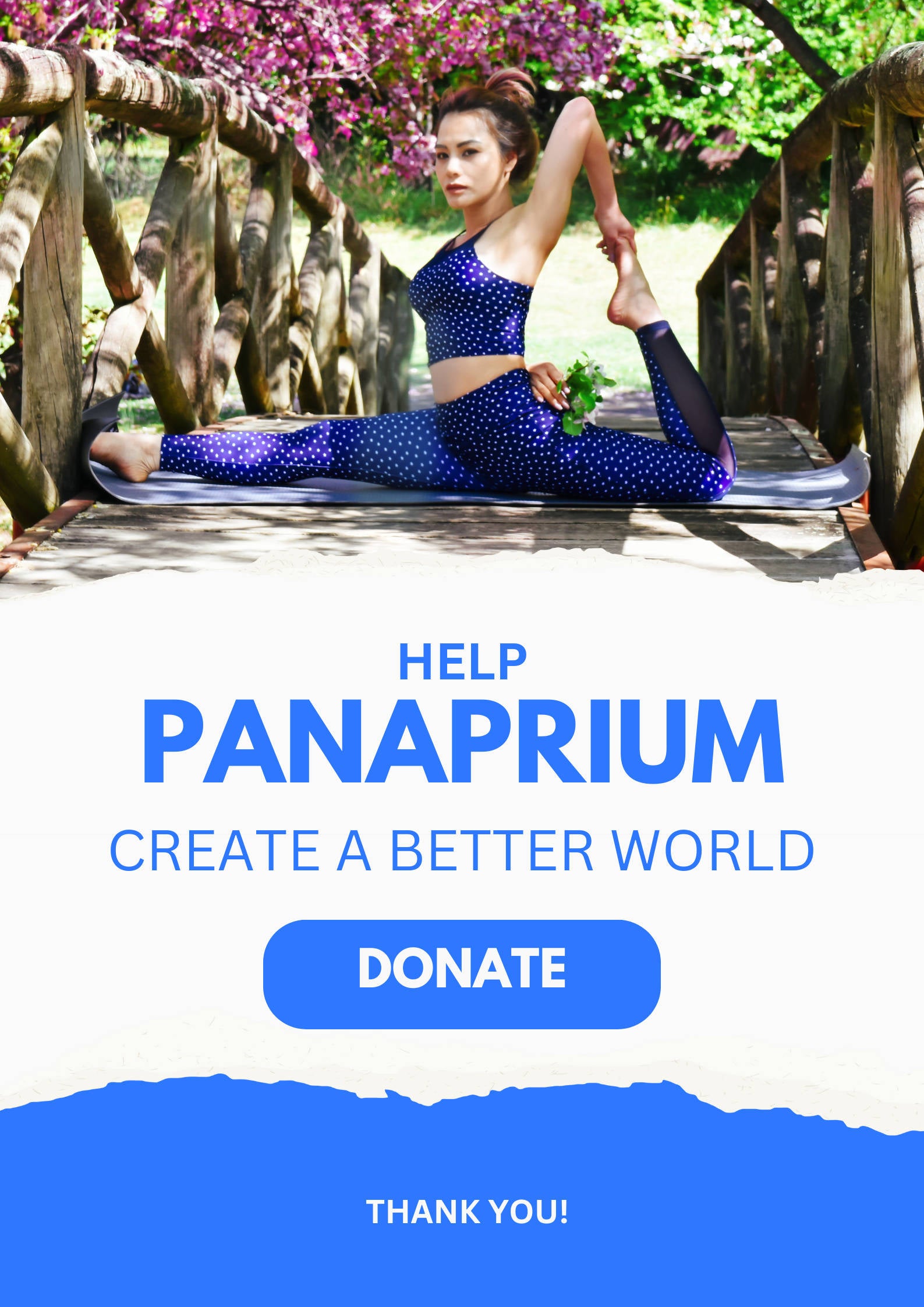
La guérison chamanique connaît un succès croissant en Occident, attirant des personnes en quête de compréhension spirituelle, de guérison émotionnelle et d'une alternative à la médecine conventionnelle. Mais à mesure que cette pratique ancestrale se démocratise, des questions sur son innocuité émergent. La guérison chamanique est-elle dangereuse ? Ou est-elle simplement mal comprise ?
La réponse est nuancée. Si la guérison chamanique peut offrir de profonds bienfaits, elle comporte aussi certains risques, notamment lorsqu'elle est mal comprise, mal utilisée ou pratiquée sans formation adéquate ni contexte culturel. Cet article explore les dangers potentiels de la guérison chamanique, ce qui la rend sûre ou non, et comment l'aborder de manière responsable.
Qu'est-ce que la guérison chamanique ?
La guérison chamanique est une pratique spirituelle et énergétique ancrée dans d'anciennes traditions autochtones. Elle repose sur la croyance que la maladie trouve son origine dans le monde spirituel ou énergétique et que la guérison nécessite de remédier aux déséquilibres spirituels sous-jacents.
Les chamans – guérisseurs traditionnels, voyants ou chefs spirituels – entrent dans des états de conscience modifiés pour voyager dans le monde des esprits. Là, ils communiquent avec des guides spirituels, des ancêtres ou des esprits de la nature pour :
-
Récupérer les parties perdues de l'âme (récupération de l'âme)
-
Supprimer les énergies négatives ou les intrusions spirituelles (extraction)
-
Recevoir des conseils ou une guérison pour le patient
-
Organiser des cérémonies pour rétablir l'équilibre
Ces méthodes sont pratiquées dans des cultures du monde entier, de la forêt amazonienne à la Mongolie, à la Sibérie et à l’Afrique.
Pourquoi les gens se tournent vers la guérison chamanique
De nombreuses personnes se tournent vers la guérison chamanique pour des raisons émotionnelles ou spirituelles, notamment lorsque la médecine conventionnelle ne parvient pas à traiter la racine de la souffrance. Les raisons les plus courantes sont :
-
Traumatisme ou douleur émotionnelle
-
Se sentir déconnecté ou « perdu »
-
Maladie chronique sans explication médicale
-
Éveil ou crise spirituelle
-
Désir de croissance personnelle ou de clarté
L’accent mis sur l’énergie, l’esprit et la plénitude rend la guérison chamanique attrayante pour ceux qui considèrent la santé de manière holistique.
Est-il dangereux?
La guérison chamanique n'est pas intrinsèquement dangereuse. Pratiquée par un chaman bien formé et respectueux de l'éthique, dans un contexte culturel et spirituel approprié, elle peut être profondément apaisante. Cependant, il existe des risques spécifiques à prendre en compte :
Panaprium est indépendant et pris en charge par les lecteurs. Si vous achetez quelque chose via notre lien, nous pouvons gagner une commission. Si vous le pouvez, veuillez nous soutenir sur une base mensuelle. La mise en place prend moins d'une minute et vous aurez un impact important chaque mois. Merci!
1. Risque psychologique : traumatisme déclencheur ou non traité
L'un des risques les plus importants de la guérison chamanique est le risque de réactivation d'un traumatisme . Des techniques comme le retour de l'âme ou le voyage profond peuvent révéler des blessures émotionnelles enfouies. Si celles-ci ne sont pas traitées correctement ou soutenues par la suite, la personne peut ressentir :
-
Débordement émotionnel
-
Dissociation
-
Flashbacks
-
Anxiété ou dépression
Les chamans autochtones formés sont généralement intégrés au sein d'une communauté et offrent un soutien à long terme. Dans les contextes occidentaux, la guérison se déroule souvent de manière isolée, sans suivi ni intégration psychologique adéquats.
Solution : Travaillez avec une personne formée aux soins tenant compte des traumatismes et assurez-vous qu’un système de soutien est en place après la séance.
2. Danger physique : utilisation de plantes médicinales
Dans certaines traditions, notamment en Amazonie, des plantes médicinales comme l'ayahuasca , le peyotl ou l'iboga sont utilisées pour induire des visions et des expériences de guérison. Si ces plantes peuvent être transformatrices, elles présentent également des risques :
-
Nausées, vomissements ou déshydratation
-
Interactions médicamenteuses dangereuses (en particulier avec les antidépresseurs)
-
Détresse psychologique ou psychose
-
Risques cardiaques (notamment avec l'iboga)
Les cérémonies d’ayahuasca non réglementées, en particulier les « retraites touristiques » dirigées par des praticiens non qualifiés, ont entraîné des hospitalisations et même des décès.
Solution : Participez uniquement aux cérémonies de médecine végétale avec des guides expérimentés et réputés, dans des environnements sûrs, légaux et médicalement supervisés.
3. Risque spirituel : abus de pouvoir ou d'énergie
Le chamanisme fait appel à des forces invisibles, qui peuvent être curatives, ou néfastes si elles sont mal utilisées. Les risques incluent :
-
S'ouvrir à des influences spirituelles indésirables
-
Recevoir de l'énergie de praticiens peu fiables
-
Participer à des rituels que l'on ne comprend pas ou pour lesquels on n'est pas préparé
Dans les sociétés traditionnelles, les chamans suivent un long apprentissage pour apprendre à naviguer en toute sécurité dans les sphères spirituelles. Dans les contextes modernes, les chamans autoproclamés peuvent manquer de cette profondeur.
Solution : Choisissez des praticiens bien formés, ancrés dans la réalité et respectueux de l’éthique spirituelle. Évitez toute personne qui promet des miracles, inspire la peur ou incite à la participation.
4. Appropriation culturelle et manque d'authenticité
Un autre danger est d'ordre culturel. Les pratiques occidentalisées ou « néo-chamaniques » éloignent souvent les rituels de leurs racines autochtones. Cela peut entraîner :
-
Mauvais usage ou distorsion des rituels sacrés
-
Stéréotypes nuisibles ou manque de respect envers les cultures autochtones
-
Des pratiques superficielles sans aucun ancrage dans la tradition réelle
Pire encore, certains chamans autoproclamés exploitent les traditions sacrées à des fins lucratives, ignorant la profondeur et le contexte nécessaires à une guérison sûre.
Solution : Renseignez-vous sur les origines des pratiques. Soutenez les guérisseurs autochtones ou ceux formés avec intégrité dans ces lignées.
5. Traitement médical retardé
Certaines personnes rejettent la médecine conventionnelle au profit de la seule guérison spirituelle. Cela peut devenir dangereux si la guérison chamanique est utilisée à la place d' un traitement médical nécessaire.
Par exemple:
-
Ignorer les infections ou les tumeurs
-
Tenter de traiter des troubles psychiatriques graves uniquement par le biais de rituels
-
Se fier aux esprits plutôt que de recourir aux soins d'urgence
Solution : Utiliser la guérison chamanique comme un soin complémentaire et non substitutif. La santé holistique comprend un soutien spirituel et médical.
Quand la guérison chamanique peut être bénéfique
Lorsqu'elle est pratiquée de manière responsable, la guérison chamanique peut offrir de puissants bienfaits :
-
Libération émotionnelle profonde
-
Connexion au but ou à l'esprit
-
Résolution des déséquilibres énergétiques de longue date
-
Un sentiment d'autonomisation et de clarté
-
Connexion renouvelée à la nature et à soi-même
Beaucoup rapportent des avancées transformatrices, en particulier lorsque la guérison est intégrée à la thérapie, à la méditation, à la journalisation et au soutien communautaire.
Comment se protéger : les meilleures pratiques
Si vous envisagez une guérison chamanique, prenez les précautions suivantes pour garantir une expérience sûre et bénéfique :
1. Recherchez le praticien
-
Renseignez-vous sur leur formation, leur lignée et leur expérience.
-
Recherchez une personne terre-à-terre, éthique et informée sur les traumatismes.
-
Évitez toute personne qui fait des déclarations extrêmes ou qui demande le secret ou de grosses sommes d’argent.
2. Comprendre le processus
-
Demandez quelles techniques seront utilisées (par exemple, voyage, récupération de l’âme, médecine végétale).
-
Sachez à quoi vous attendre et quel support d’intégration est disponible par la suite.
3. Commencez lentement
-
Commencez par une séance simple comme un voyage guidé ou un nettoyage énergétique.
-
Évitez les cérémonies intenses ou les plantes médicinales jusqu'à ce que vous soyez sûr d'être prêt.
4. Envisager un soutien à l'intégration
-
Travaillez avec un thérapeute, un mentor spirituel ou un groupe de soutien après la séance.
-
La tenue d’un journal, le repos et la réflexion peuvent aider à ancrer l’expérience.
5. Connaître les signaux d'alarme
-
Les praticiens qui prétendent être les seuls véritables guérisseurs
-
Toute personne décourageant les soins médicaux ou d’autres opinions
-
Comportement coercitif et sectaire
Études de cas : quand ça marche et quand ça ne marche pas
Exemple positif :
Emma, survivante d'un traumatisme, a travaillé pendant six mois avec un praticien chamanique qualifié. Grâce à un voyage, à un ressourcement spirituel et à une intégration attentive avec un thérapeute spécialisé dans le traumatisme, elle a constaté des améliorations significatives de sa régulation émotionnelle et de sa paix spirituelle.
Exemple négatif :
John s'est rendu en Amérique du Sud pour une retraite d'ayahuasca. Le chaman, sans licence, lui a administré de fortes doses. John a souffert de psychose et a dû être hospitalisé. Il n'a reçu aucun soutien par la suite et a développé un syndrome de stress post-traumatique (SSPT) suite à cette expérience.
Ces histoires réelles montrent à la fois le potentiel et les pièges.
Réflexions finales : le risque en vaut-il la peine ?
La guérison chamanique n'est pas intrinsèquement dangereuse , mais elle exige attention, discernement et respect. Comme tout outil puissant, elle peut guérir ou nuire selon la manière dont on l'utilise.
Abordez-le avec :
-
Ouverture , mais aussi scepticisme
-
Le respect de ses racines culturelles
-
Engagement envers la croissance personnelle et la responsabilité
Si vous faites vos devoirs, choisissez le bon guide et intégrez l’expérience en pleine conscience, la guérison chamanique peut être un allié profond dans votre cheminement vers la plénitude.
Sources et lectures complémentaires :
-
Michael Harner, La Voie du Chaman
-
Sandra Ingerman, Récupération de l'âme : Réparer le soi fragmenté
-
Eduardo Luna et Pablo Amaringo, Ayahuasca Visions
-
Rachel Harris, Écouter l'Ayahuasca
-
MAPS.org sur les psychédéliques et l'intégration
-
Institut national de la santé mentale (NIMH) sur les soins tenant compte des traumatismes
Cet article vous a-t-il été utile ? S'il vous plaît dites-nous ce que vous avez aimé ou n'avez pas aimé dans les commentaires ci-dessous.
About the Author: Alex Assoune
Contre Quoi Nous Luttons
Les groupes multinationaux surproduisent des produits bon marché dans les pays les plus pauvres.
Des usines de production où les conditions s’apparentent à celles d’ateliers clandestins et qui sous-payent les travailleurs.
Des conglomérats médiatiques faisant la promotion de produits non éthiques et non durables.
De mauvais acteurs encourageant la surconsommation par un comportement inconscient.
- - - -
Heureusement, nous avons nos supporters, dont vous.
Panaprium est financé par des lecteurs comme vous qui souhaitent nous rejoindre dans notre mission visant à rendre le monde entièrement respectueux de l'environnement.
Si vous le pouvez, veuillez nous soutenir sur une base mensuelle. Cela prend moins d'une minute et vous aurez un impact important chaque mois. Merci.































0 commentaire